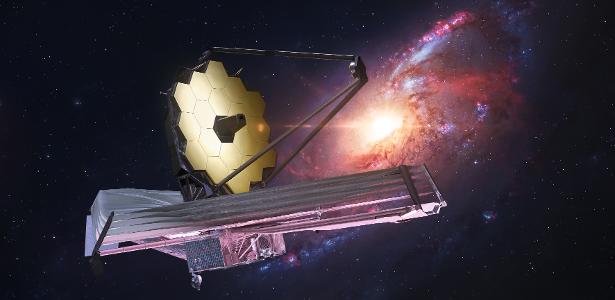An international team of astronomers led by Brant Robertson of the University of California at Santa Cruz (USA) and Emma Curtis-Lake of the University of Hertfordshire (UK) has confirmed the discovery of the most distant galaxy ever observed by scientists. The result was only possible thanks to the great observing power of the James Webb Space Telescope.
But you may be wondering: again?! Didn’t we see a lot of headlines about the farthest galaxy shortly after James Webb’s launch? Yes you are right. But this time the announcement is different. For the first time, these are not just candidates, but galaxies with confirmed distances.
This is because the first indication of distance is the color of the galaxy. As light travels through the universe and that universe expands, the light becomes more and more red. This is a known and confirmed effect of general relativity.
These galaxies already appeared particularly red in the first images from the space telescope. Therefore, they were excellent candidates for distant objects. However, it’s impossible to be sure whether it’s a very distant galaxy, or perhaps a naturally red object that’s closer.
In order for scientists to verify the object’s distance, it is essential to obtain spectroscopic data. Therefore, we can use the known signatures of the chemical elements to determine how much the light from this galaxy has been “reddened”, and thus confirm that the light traveled so many billions of years to get here.
In this case, the researchers used a known signature of hydrogen, the most abundant element in the universe. The team confirmed that the signature they were looking for was about 14 times redder than expected, confirming the enormous distance from the galaxy.
investigate the past
Interestingly, starlight in this galaxy has been traveling for over 13 billion years. Then see something that happened when the universe was just a 330 million year old child.
The work is not only the discovery of the galaxy. By studying its properties, scientists could also understand a little better how it was formed. This is essential in order to explain the birth and growth of the first galaxies in the universe.
Scientists have seen, for example, that observed galaxies (including the most distant of all) already have relatively high masses, with around 100 million stars formed. However, they have not yet had time to form new elements inside their stars from the very beginning.
Combined, the data indicate that these galaxies have been able to grow very rapidly since the Big Bang.
Come around more
But don’t think that this record will last long.
All of these results use early data obtained by James Webb; they are only tests and preliminary projects.
Soon, as the telescope is a more mature observatory, more ambitious projects will look deeper into the skies for these distant objects.
That “farthest galaxy” title will soon be lost.


